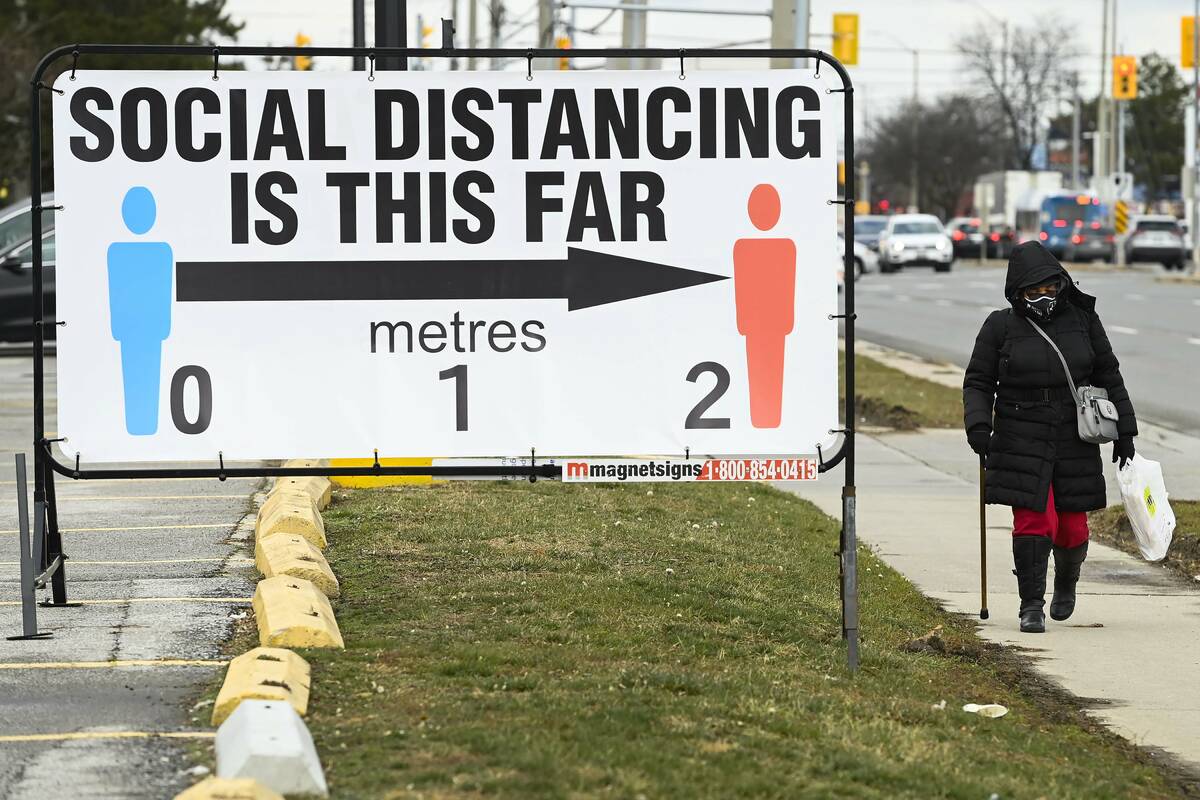EDITORIAL: Children, young adults still at low risk for complications
Clark County health officials say that the rapidly spreading omicron variant is leading to increased cases in Southern Nevada among teenagers and young adults. But the preoccupation with confirmed case counts overshadows more important facts involving ICU beds and deaths.
Recent studies suggest that those infected with omicron — now the dominant COVID strain in the United States — will likely endure a milder illness and have up to a 75 percent reduced risk of hospitalization when compared with previous strains. And despite higher confirmed case counts among younger people, this disease remains primarily a threat to the elderly and those who are already seriously ill.
As the latest surge sweeps across the country, it is important that policymakers avoid the draconian and damaging lockdowns and school closures of the past. “This is not March 2020,” as President Joe Biden put it last week.
“Some of the new attitude stems from the reality that contracting COVID will not be a big deal for most people,” David Leonhardt of The New York Times wrote last week. “Hospitalization rates for children and for vaccinated people under 50 years old remain minuscule.”
This is heresy in some quarters. But Mr. Leonhardt highlights hard data from a peer-reviewed British study on COVID fatality rates. The study was conducted before the emergence of the omicron variant, yet it remains relevant for putting numbers on actual risks while cutting through the blizzard of often-contradictory statistics.
The study again highlights the efficacy of vaccines in minimizing hospitalizations and death.
The study determined that a 25-year-old vaccinated man who contracts the virus has a statistically insignificant chance of dying. For a 45-year-old vaccinated woman with the disease, the chance is a minuscule 0.01 percent. That increases to 0.23 percent for a 65-year-old vaccinated male and to 0.45 percent for a 75-year-old vaccinated female. If the latter was an organ transplant recipient or has lung cancer, the number jumps to 0.77 percent or 0.88 percent, respectively.
If that 75-year-old woman is unvaccinated, however, her chances of dying after becoming infected are an eye-opening 5.98 percent, more than 13 times greater than her vaccinated counterpart.
“Pre-omicron versions of COVID … seem to present risks of a similar order of magnitude to vaccinated people as a typical flu,” Mr. Leonhardt writes.
The obvious concern is that a highly contagious milder variant would still increase hospitalizations and lead to more fatalities simply because it will infect more people. That’s a legitimate concern. But despite rising case counts among teens and young adults, they remain at infinitesimal risk of serious COVID complications.






















